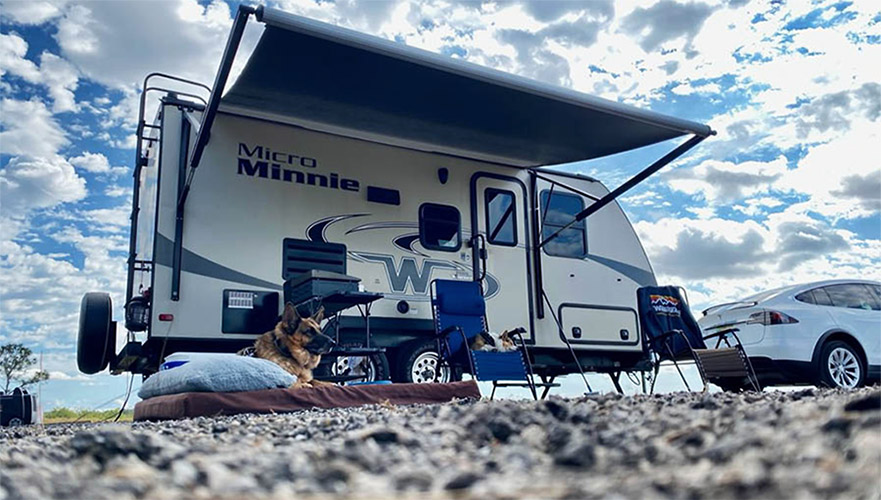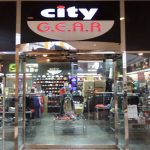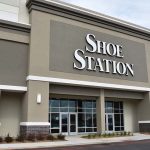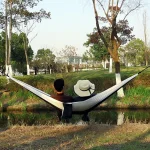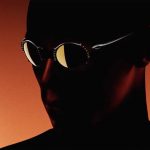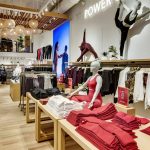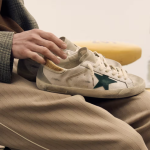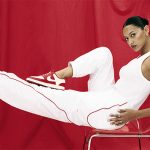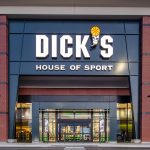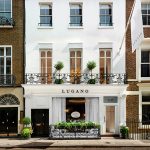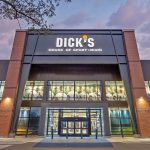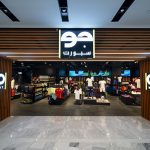Winnebago Industries reported earnings soared in the second quarter ended February 27, and backlogs are running ahead in triple-digits for both its Towable and Motorhome segments. Winnebago told analysts it does not see a slowdown even as other forms of travel slowly reopen to consumers.
On a conference call with analysts, president and CEO Mike Happe said Winnebago, which owns the Winnebago, Grand Design, Chris-Craft, and Newmar brands, continued to be restrained from hitting full-manufacturing potential during the quarter given “almost daily component availability challenges.” He estimated that the company lost “easily eight figures across the portfolio” in sales in the quarter due to sourcing constraints. He added, “That revenue opportunity remains inherent in our potential as we transition into quarter three.”
In the second quarter, sales improved 34.0 percent to $839.9 million from $626.8 million a year ago, driven by robust end consumer demand.
Gross margins climbed 590 basis points in the quarter to 18.6 percent, driven by pricing, including lower discounts and allowances, operating leverage, motorhome segment productivity initiatives, and favorable segment mix.
SG&A expenses were reduced to 6.3 percent of sales from 6.7 percent a year ago. Operating income jumped 237.3 percent to $100.0 million.
Net income reached $69.1 million, a surge of 300.0 percent from $17.3 million in the prior-year quarter. Consolidated adjusted EBITDA improved 137.7 percent to $108.0 million.
In the Towable segment, revenues were $439.3 million, up 55.0 percent over the prior year, driven by elevated consumer demand for Grand Design and Winnebago branded products. Segment adjusted EBITDA was $62.4 million, up 79.5 percent over the prior-year period. Adjusted EBITDA margin of 14.2 percent increased 190 basis points, primarily due to pricing and operating leverage. Backlog increased to 39,855 units, a hike of 307.1 percent over the prior-year period, as dealer inventories continue to experience a significant reduction amidst heightened levels of consumer retail demand since the summer of 2020.
In the Motorhome segment, revenues were $382.6 million for the quarter, up 17.5 percent from the prior year, driven by continued strong demand for motorhomes, particularly Winnebago branded Class B products. Segment adjusted EBITDA was $51.0 million, up 241.0 percent from the prior year. Adjusted EBITDA margin increased 870 basis points to 13.3 percent over the prior year, driven by pricing, operating leverage and productivity initiatives. Backlog increased to 14,974 units, a surge of 424.3 percent over the prior-year period, as dealers have experienced sizable reductions to their inventory due to encountering extremely high levels of consumer demand since the summer of 2020.
Happe said the second-quarter performance was helped by “sustained strong consumer demand for our products, both at wholesale from our dealers, but especially at retail with end consumers. We are not seeing any significant decline in retail momentum and outdoor product demand as we turn into the spring 2021 selling season.”
In the third quarter from March through May, industry retail is expected to be “especially strong” given the comparisons against the year-ago disruption. In Winnebago’s fiscal fourth quarter, more challenging comparisons will arrive against its record-breaking bounce-back at RV retail last summer.
Overall, Happe said that in Winnebago’s fiscal 2021, running from September 2020 to August 2021, the company expects the retail RV industry to grow in the mid- to upper-single-digits this year while the industry’s wholesale shipments in that same period grow approximately 40 to 45 percent.
Winnebago’s outlook is in line with projections from The RV Industry Association that shows the calendar year 2021 industry midpoint forecast of approximately 533,000 units, or plus 24 percent. The projections are also supported by Winnebago’s most recent field inventory reports that show inventories down between 20 to 60 percent, depending on the category.
Happe stated, “We anticipate that unless there is unexpected, severe disruption to our own or the industry’s retail performance due to macroeconomic or health developments, that it will take through our entire fiscal year 2022 to have most of our businesses at a more normal retail to wholesale replenishment stance.”
Happe said Winnebago’s internal team is ramping up production and working with supplier partners to deliver higher volume levels of product given the current strong retail demand, low field inventory and record committed dealer orders set. However, the company also believes future growth will be driven by secular and ongoing growth in outdoor lifestyle products as consumer priorities have changed due to the pandemic.
Said Happe, “We are making well-considered capital investments across our premium brand portfolio to increase capacity to meet this elevated demand and will remain disciplined in managing future production to match healthy market behavior and economic conditions.”
Photo courtesy Winnebago

